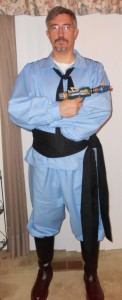Just a few thoughts today about the relationship between writers like you and the readers you aim to delight. Much of this will sound simplistic, but if you hang with me, perhaps we’ll both learn something.
 Years ago I took a classroom course in communication. In essence, all communication is an attempt to convey one or more ideas from one mind to another, the trouble being that there are all sorts of filters in between so communication is never perfect. In the class they asked, “Given that there’s a person transmitting and a person receiving, who is responsible for the quality of the communication?”
Years ago I took a classroom course in communication. In essence, all communication is an attempt to convey one or more ideas from one mind to another, the trouble being that there are all sorts of filters in between so communication is never perfect. In the class they asked, “Given that there’s a person transmitting and a person receiving, who is responsible for the quality of the communication?”
It’s not necessarily the transmitter, nor the receiver. The Zen-like answer they were looking for is you. Whether you are the transmitter or receiver, you need to strive toward a clear conveyance of the idea from one mind to another.
When we consider writing, it’s different from other forms of communication. Some forms, like talking, dramatic plays, stand-up comedy, or musical concerts have an advantage in that the receiver is present in the room with the transmitter. The transmitter gets instant visual feedback about the quality of the communication, allowing her to alter her approach in real-time to improve it.
Obviously that’s not the case with writing. The writer and reader are almost never present in the same room. In fact, thanks to the permanence of the medium, the writer need not even be alive when the communication takes place. The writer gets no immediate feedback from the reader, and certainly cannot adjust the communication on the fly.
So the measure of your success as a fiction writer is how well you transfer emotionally appealing ideas from your mind to the reader’s with minimal loss of clarity. Using written words alone, you must convey the following things I’ve discussed in earlier blog posts:
- Engaging characters
- Vivid settings
- A logical and relevant plot
- The human condition
It should be apparent, then, that you must keep the reader ever in your mind as you write. Form a mental picture of someone reading your story. That clever turn of phrase you’re so proud of—would a reader stumble over it? That little plot detour you stuck in to show off your knowledge of some arcane fact—will it bore the reader? You must be willing to sacrifice them all for the reader.
In the end, only readers can determine the quality of your story. Editors can’t; reviewers can’t. Certainly you can’t. Readers are your customers, and the customer is always right.
I mentioned that fiction writers don’t get immediate reader feedback, and that’s true. However, you will get valuable delayed feedback that is useful for altering your approach in later stories. This feedback comes in several possible ways:
- Virtual feedback from the reader you’re imagining as you write, the one looking over your shoulder
- Feedback from members of your critique group
- Feedback from an editor
- Feedback from reviewers
- Sales figures from your earlier stories
All of these can be useful for improving your writing, making that mind-to-mind communication as clear and enjoyable as possible. Speaking of feedback, I’d welcome some concerning this blog post, so feel free to comment. With my mind full of imagined readers, I’m—
Poseidon’s Scribe


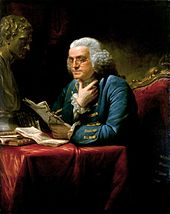

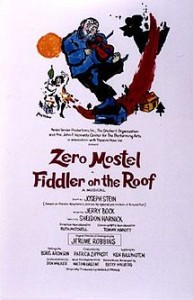
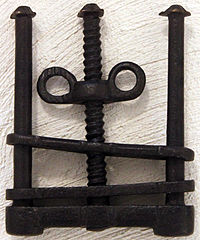
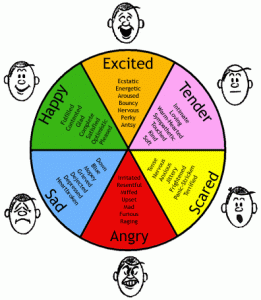

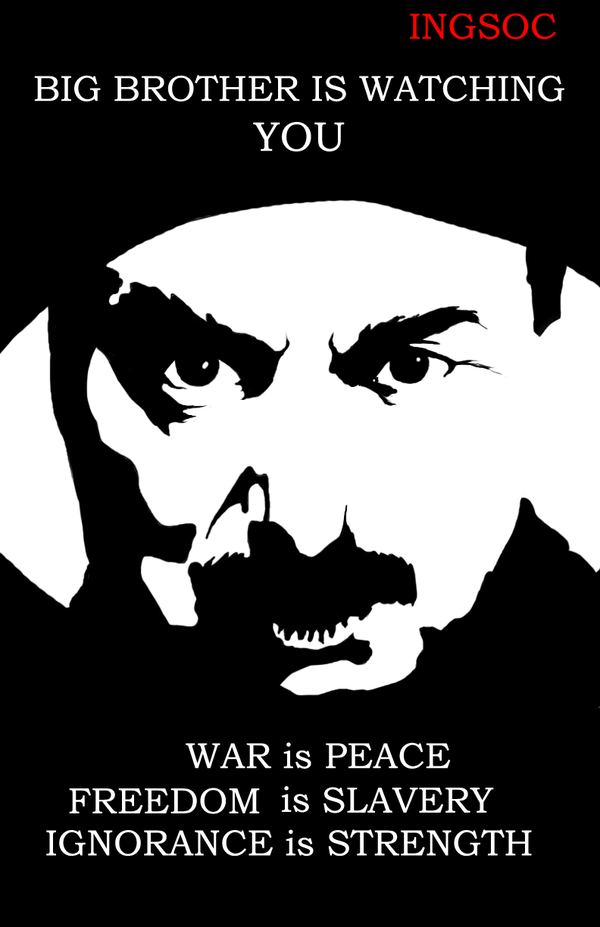
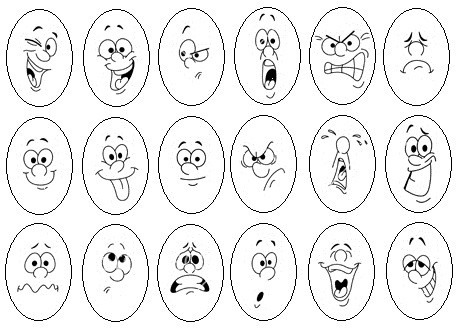 It’s important for a fiction writer to learn how to describe human facial expressions. A person’s face is the most communicative body area, and often it reveals a character’s feelings. Amazing, isn’t it, how many things we can make our faces do! There may be as many facial aspects as there are possible mental states.
It’s important for a fiction writer to learn how to describe human facial expressions. A person’s face is the most communicative body area, and often it reveals a character’s feelings. Amazing, isn’t it, how many things we can make our faces do! There may be as many facial aspects as there are possible mental states. experience is based solely on twenty years of being in small, amateur, face-to-face critique groups; not writing workshops, classes, or online critique groups; so the following advice is tuned to that sort of critique.
experience is based solely on twenty years of being in small, amateur, face-to-face critique groups; not writing workshops, classes, or online critique groups; so the following advice is tuned to that sort of critique. Federmann could be played well by actor Chris Hemsworth. He’d have to speak English with a German accent, but doesn’t have to do it well, since it’s a comedy. Count Federmann is a brooding character, angry at and jealous of Baron Münchhausen. The Count is intelligent, determined, and optimistic, but lacks sense.
Federmann could be played well by actor Chris Hemsworth. He’d have to speak English with a German accent, but doesn’t have to do it well, since it’s a comedy. Count Federmann is a brooding character, angry at and jealous of Baron Münchhausen. The Count is intelligent, determined, and optimistic, but lacks sense. The Count has a young French servant named Fidèle, and I’ll select Shia LaBeouf for that role. Mr. LaBeouf would have to speak English with a French accent, but not an especially good one. Fidèle is full of life, but has the sense to fear danger, though he’s always respectful of nobility.
The Count has a young French servant named Fidèle, and I’ll select Shia LaBeouf for that role. Mr. LaBeouf would have to speak English with a French accent, but not an especially good one. Fidèle is full of life, but has the sense to fear danger, though he’s always respectful of nobility. Robin Williams. I need an older character of plain appearance who’s able to speak English with a German accent and captivate an audience with his words alone. Robin Williams played the part of the King of the Moon in the 1988 Movie “
Robin Williams. I need an older character of plain appearance who’s able to speak English with a German accent and captivate an audience with his words alone. Robin Williams played the part of the King of the Moon in the 1988 Movie “
